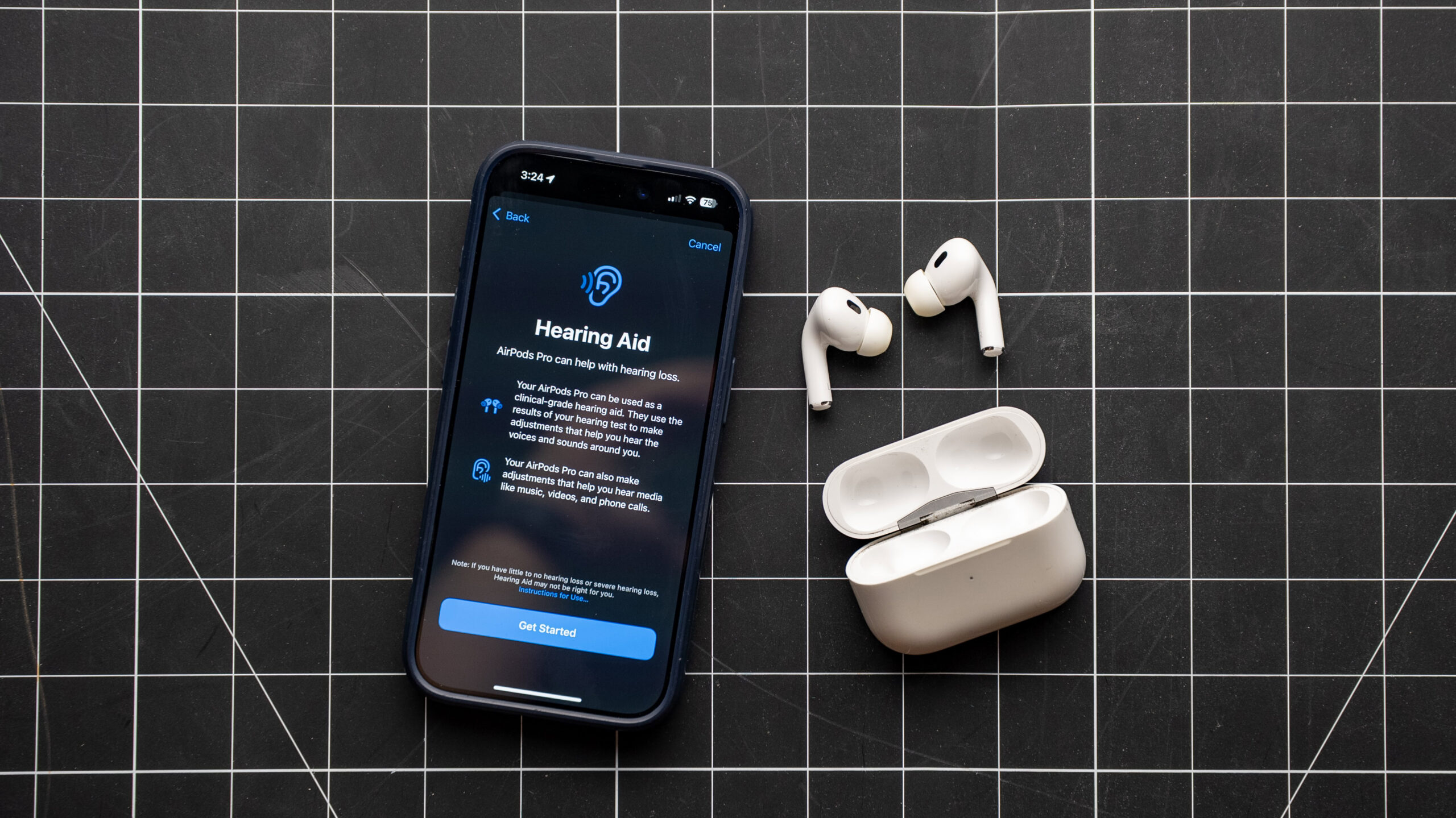:max_bytes(150000):strip_icc()/GettyImages-1316601762-3d714f188dcd4a7a99435e6794f4641e.jpg)
Dry eye syndrome (DES) is a condition that makes your eyes feel uncomfortable due to a lack of tears to lubricate your eyes. Dry eye syndrome is a common problem that affects at least an estimated 1 in 20 Americans, or more than 16 million people in the United States.
In a 2016 survey, close to 9 out of 10 eye care health professionals felt that increased screen time has contributed to a rise in DES, especially in younger people. Here are some important facts and statistics about dry eye syndrome.
Prostock-Studio / Getty Images
What Is Dry Eye Syndrome?
Dry eye syndrome occurs when your eyes do not get enough moisture from your tears. Your eyes can become red, inflamed, and uncomfortable. DES can also affect how well you see.
Dry eye syndrome causes symptoms, including:
- Scratchy eyes
- Feeling like something is in your eye
- Red eyes
- Stinging sensation
- Blurred vision
- Light sensitivity
How Common Is Dry Eye Syndrome?
Experts estimated that more than 16 million Americans had dry eye syndrome in 2016, which equals about 1 in every 20 people. Some researchers believe the number is significantly higher, and it may be closer to 24 million people.
One reason for the increase may be how much time people spend on digital devices. One study found that at least half of those who use digital media experience DES.
Dry Eye by Ethnicity
There is some conflicting information about ethnicity and the incidence of dry eye syndrome. A 2017 study found no significant difference in diagnosed DES in a sample of Asian, Black, Hispanic and White Americans.
But that study noted that previous studies in Asia found a higher prevalence of dry eye syndrome in people in Asia, so this may mean that DES is being underdiagnosed in Asian Americans.
Dry Eye by Age and Gender
A large 12-year study published in 2019 reported an increase in the incidence of DES, which had tripled between 2005 and 2012. The study also found that:
- Dry eye is most common in people over age 50.
- People between 45 and 54 years old are twice as likely to be diagnosed as those between 18 and 34.
- People over age 75 are 5 times more likely to be diagnosed with DES than those between 18 and 34.
- Nearly 1 in 3 people between age 18 and 34 had DES.
Females are almost twice as likely as males to be diagnosed with DES. This may be linked to hormonal changes in pregnancy and menopause that cause dry eye.
Causes and Risk Factors for Dry Eye
Normally, glands above your eyes make the tears that keep your eyes wet by lubricating a thin film that covers your cornea, the outer layer of the eye. Dry eye happens when:
- Your tear glands make an insufficient amount of tears.
- Your tears dry too fast.
- Your tears are of poorer quality.
Dry eye can be caused by:
Factors that can increase your chances of developing dry eye syndrome include:
- Age over 50
- Female
- Contact lens wearer
- Vitamin A deficiency
- Autoimmune disease
- Extended screen time
Sjögren’s Disease and Dry Eye
Sjögren’s disease (formerly called Sjögren’s syndrome) is an autoimmune disorder whose principal symptoms are dry eye and dry mouth. It’s usually found in people over age 40 and affects 10 times as many females as males. An estimated 4 million people in the United States have this disorder. Lifestyle changes and medications, including immunosuppressants, can help with symptoms.
Screening and Early Detection for Dry Eye
There are no screening guidelines for dry eye, but if your eyes feel itchy or tired, see a healthcare professional specializing in vision. They can:
- Test the quantity and quality of tears, which may involve adding some dye to your eyes
- Ask about your medications, health conditions, and work environments
- Examine how you blink
- Examine your eyelids and cornea
If you have dry eye, your healthcare professional can advise you on treatment and whether your condition needs to be monitored. In some cases, surgery can help dry eye.
Complications
If severe dry eye isn’t treated, it could damage your vision by affecting the cornea. Milder dry eye can cause some visual disturbances. Complications include:
- Blurred vision
- Bacterial infection of the cornea
- Corneal ulcers (an erosion or sore on the cornea)
- Corneal scars
Severe cases can result in permanent loss of vision. Some experts have theorized that DES can cause sleep and mood disorders, migraines, and changes in cholesterol and triglyceride levels.
Summary
Dry eye syndrome is an increasingly common condition in the United States. Dry eye symptoms are itchiness, redness, stinging, and blurry vision. Causes of dry eye include certain autoimmune diseases, some medications, lack of Vitamin A, digital device use, or dry environments.
The likelihood of having dry eye increases with age. Females are more likely to have dry eye than males. In severe cases, dry eye can damage the cornea if not treated. See a healthcare provider specializing in vision if your eyes feel dry and tired.
link

:max_bytes(150000):strip_icc()/87B33A1C-F41C-41FC-9F53-4CFA86CF9EB5_1_201_a-0517adfca478423d8cc6c399550ceab8.jpeg)



/countries/new-caledonia-(france)/mother-and-child.tmb-1200v.jpg?sfvrsn=fc2ff348_1)



